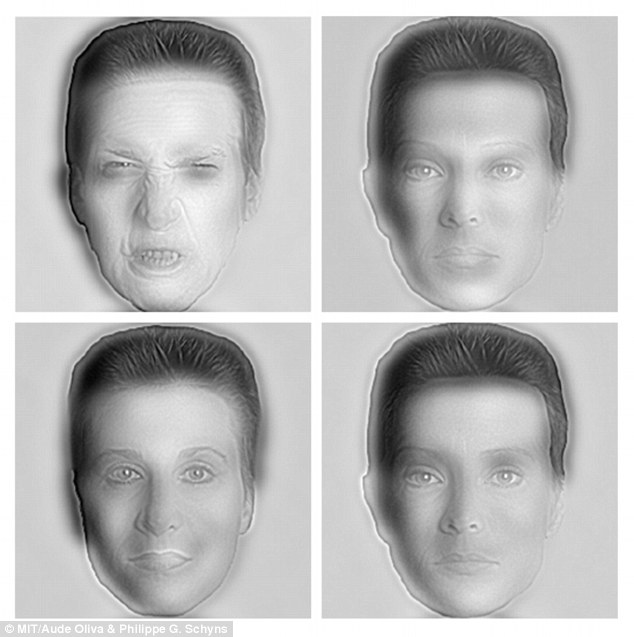
The recent worldwide debate about the color of a dress has piqued the public's interest in illusions. While there are many that are making their rounds, the most fascinating is one created by researchers at Boston's Massachusetts Institute of Technology (MIT) in 2007. In addition to being fun, it apparently also serves as a vision test.
The team led by Dr. Aude Olivia began by creating a hybrid image dubbed “Marilyn Einstein." It features a blurry photo of Marilyn Monroe superimposed over a finely detailed picture of Albert Einstein. Since the Marilyn image possesses fewer pixels, it is what the eyes see when viewing the photo from a distance. However, up close the intricate details become more apparent, magically transforming the same image into a photo of Albert Einstein.
But according to the researchers, the transformation only happens for people that have good vision or the right eyeglass prescription. Those that do not will be unable to discern the finer details and hence only see it as a blurry photo of Marilyn Monroe.

In addition to serving as an impromptu eye test, the photo also enabled researchers to determine how the human brain processes images. The study entailed exposing participants to “Marilyn Einstein” for varying lengths of time. The people who viewed the image for about 30 milliseconds saw only Marilyn while those permitted to see it for least 150 milliseconds were able to process the finer details and see Albert Einstein.
This led the MIT team to conclude that the human brain digests images by first focusing on the bigger picture and then the details. Hence, when it is not given sufficient time, it makes its conclusions based on the initial cursory glance.

This is not the only fun hybrid picture created by the team that has spent over a decade studying how image illusions. Look closely at the photo above. From a reasonable distance, you will most likely see the man on the top left scowling while the woman on the top right has a neutral emotion. Move away from your computer, and you will notice a drastic change - the angry man turns calm, and the calm woman transforms into an angry male. It may also appear as though the woman on the bottom left is smiling!
Dr. Aude Olivia's team believes that their findings can greatly benefit businesses. For example, it can be used to advertise multiple products with logos that change in appearance as the viewer moves closer or farther away from the image. We think there is an even better use case - to make eye tests a little less scary!
Resources: zmescience.com, dailymail.co.uk,techtimes.com